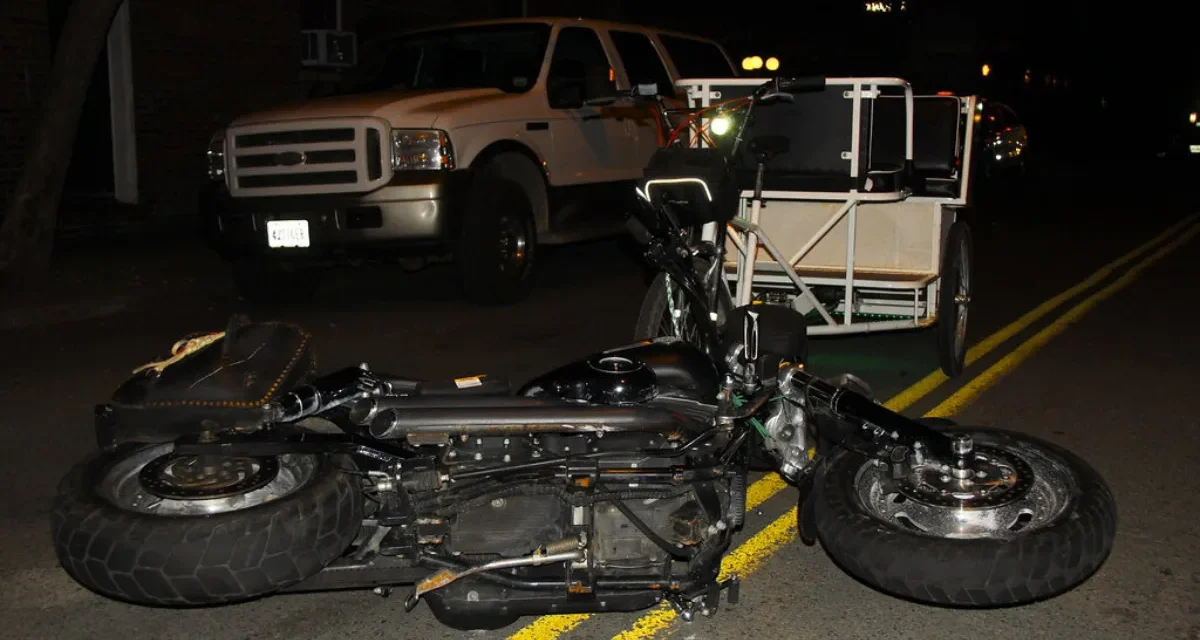Imagine two motorcyclists, both involved in nearly identical accidents. One walks away with a fair settlement to cover medical bills and lost wages. The other gets nothing. The difference? Geography.
State laws governing motorcycle lawsuits vary wildly, turning fault, deadlines, and insurance rules into a legal minefield. I’ve seen how a single percentage point of fault or a missed paperwork deadline can upend lives.
Let’s find out how different states handle motorcycle lawsuit awards—and what riders must know to protect themselves.
Pennsylvania: The 51% Rule That Can Wipe Out Your Claim
Pennsylvania’s “modified comparative negligence” system is brutal but straightforward. If you’re found 51% or more at fault for the accident, you lose all rights to compensation. Even 50% fault slashes your payout in half.
I recently saw a case where a rider in Pittsburgh was sideswiped by a driver who ran a red light. The rider was speeding—just 5 mph over the limit. A jury assigned him 51% fault. The Result? 0 recovery, despite $200,000 in medical bills.
Insurance adjusters here aggressively push to shift blame onto riders, arguing lane-splitting, speeding, or delayed reactions.
Key Tips for PA Riders:
- Fight every percentage point of fault. Evidence like dashcam footage or witness statements is critical.
- File lawsuits within 2 years (statute of limitations). Delays risk evidence degradation.
Illinois: Tight Deadlines & the Same 51% Trap
Illinois mirrors Pennsylvania’s fault system but adds a rigid 2-year filing deadline for lawsuits. Miss it, and your case dies—no exceptions, unless you’re a minor or mentally incapacitated.
The Hidden Risk: In Chicago, a rider waited 25 months to sue after realizing their concussion symptoms stemmed from an accident. The case was tossed. Unlike states with “discovery rules” (where deadlines start when you find an injury), Illinois clock starts at the crash date.
Why This Matters:
- Document everything post-accident. Even “minor” injuries can escalate.
- Illinois insurers use the 51% rule to lowball settlements. One rider accepted a 30k offer, unaware a jury might’ve awarded 100k (minus 30% fault).
Read: Victims of Motorcycle Accident Columbia SC Wins $1M lawsuit
New York: No-Fault Loopholes & Pure Comparative Negligence
New York’s no-fault system excludes motorcyclists from Personal Injury Protection (PIP) benefits, which cover immediate medical bills for car occupants.
But there’s a silver lining: Riders can sue for pain and suffering without proving a “serious injury” (e.g., broken bones, permanent disability).
The Double-Edged Sword: A Brooklyn rider faced 50k in ER bills after a rear−end collision. Without PIP, he drained savings while waiting for the at−fault driver’s insurer to settle. However, New York’s pure comparative negligence rule allowed him to recover 150k damages, even though he was 30% at fault for lane positioning.
NY Survival Guide:
- Carry robust health insurance or MedPay coverage.
- Sue within 3 years, but act fast—evidence fades.
California: The “Recover Something” State
California’s pure comparative negligence system is rider-friendly. Even if you’re 90% at fault, you can recover 10% of damages. But there’s a catch: Public entity claims (e.g., crashes caused by potholes) require filing a “Notice of Claim” within 6 months of the accident.
A San Diego rider crashed due to a collapsed sewer grate. His lawyer filed the claim at month 5. Had they waited 30 more days, the city would’ve owed $0. Public entities here often deny claims for technicalities like unsigned forms or incorrect department addresses.
CA Pro Tips:
- Secure UM/UIM coverage. At-fault driver’s $30k minimum policies (post-2025) won’t cover severe injuries.
- Track deadlines like a hawk: 2 years to sue private parties, 6 months for government claims.
Insurance Gaps
Underinsured drivers pose a massive risk across all states. For example, a Sacramento rider with $100k in damages recovered just $30k from the at-fault driver’s policy. Their own $100k UIM coverage bridged the gap. Without it, they’d face bankruptcy.
- Riders relying on state-minimum liability policies, only to find they can’t cover their own hospital bills.
- Families losing wrongful death suits because the deceased rider lacked UM coverage after a hit-and-run.
3 Universal Tips From Top Motorcycle Attorneys
- Post-Accident Protocol:
- Call 911. Police reports are gold for proving fault.
- Photograph everything: bike damage, road conditions, injuries.
- Talk to Insurers—Carefully:
- Never admit fault or give recorded statements without a lawyer.
- Lawyer Up Early:
- Most offer free consultations. They’ll handle deadlines, evidence, and insurer negotiations.
The Bottom Line
Your zip code shouldn’t dictate your financial recovery, but it does. In Pennsylvania and Illinois, one wrong move can zero out your claim. In New York, you’ll scramble for upfront cash but sue freely. California offers partial justice but bureaucratic traps.
Ride defensively, insure aggressively, and know your state’s rules—or risk your wallet paying the price.






